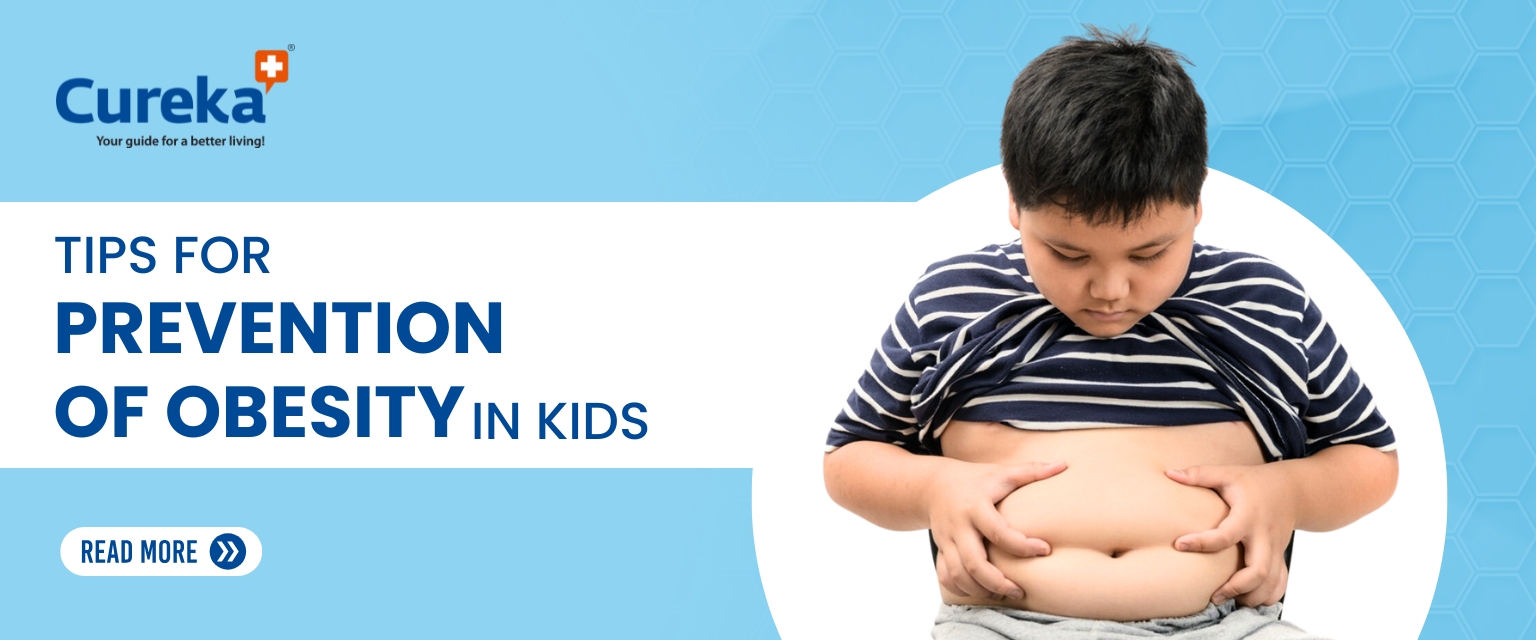Tips for Prevention of Obesity in Kids
Childhood obesity has become an escalating concern, affecting millions worldwide. It’s crucial to understand the causes of obesity, recognize obesity symptoms, and adopt effective measures to ensure a healthy future for children. Below, we dive into practical tips under various aspects to help prevent obesity in kids.
Understanding the Causes of Obesity in Children
Obesity in children is characterized by excessive body fat that negatively impacts their health. It can be categorized into:
- Primary Obesity: Caused by lifestyle factors such as poor diet and lack of physical activity.
- Secondary Obesity: Associated with underlying medical conditions or genetic disorders.
Obesity doesn’t happen overnight. Several interconnected factors contribute to excessive weight gain in children:
- Unhealthy Eating Habits: High intake of junk food, sugary snacks, and beverages leads to calorie overload.
- Lack of Physical Activity: Kids today are more sedentary due to increased screen time and less outdoor play.
- Family Eating Patterns: Children mimic their parents’ dietary habits, making family mealtime choices critical.
- Portion Sizes: Consistently consuming oversized portions can lead to gradual weight gain.
- Emotional Eating: Stress or emotional distress may lead children to overeat unhealthy comfort foods.
- Insufficient Sleep: Poor sleep patterns disrupt hormones that regulate appetite, increasing hunger.
- Limited Knowledge: A lack of awareness about nutrition and the importance of exercise exacerbates the problem.
Recognizing Obesity Symptoms in Kids
Spotting obesity early can help initiate corrective measures before complications arise:
- Excessive Weight Gain: Weight significantly above the normal range for their age and height.
- Breathlessness: Struggling with physical activities or showing signs of shortness of breath.
- Fatigue: Difficulty keeping up with peers during play or school activities.
- Joint Pain: Complaints of discomfort in the knees or lower back due to excessive weight.
- Darkened Skin Folds: Acanthosis nigricans, indicating potential insulin resistance.
- Psychological Symptoms: Low self-esteem, withdrawal from social activities, or signs of depression.
- Snoring or Sleep Issues: Indicating obstructive sleep apnea linked to obesity.
- Early Signs of Adult Diseases: High blood pressure, prediabetes, or high cholesterol in routine checkups.
Prevention of Obesity in Kids
Taking proactive steps early on can prevent obesity and its associated risks. Below are practical tips to create healthy habits:
1. Balanced Diet
- Serve meals with a variety of fruits, vegetables, whole grains, lean proteins, and healthy fats.
- Limit processed foods, sugary beverages, and snacks.
- Encourage drinking water or low-fat milk over sugary drinks.
- Avoid skipping meals, especially breakfast, to prevent overeating later.
2. Regular Physical Activity
- Encourage at least 60 minutes of active play daily, such as running, cycling, or swimming.
- Introduce fun family activities like hiking or dancing to get everyone moving.
- Enroll kids in sports teams or recreational classes they enjoy.
- Create a screen-free zone for physical play at home.
3. Portion Control
- Use smaller plates to serve age-appropriate portions.
- Teach kids to recognize hunger and fullness cues to avoid overeating.
- Avoid forcing them to “clean their plate” if they’re full.
4. Screen Time Management
- Limit screen time to no more than 1-2 hours per day.
- Encourage interactive play or hobbies that involve creativity and physical activity.
- Ensure screens are kept out of bedrooms, especially during bedtime.
5. Healthy Sleep Habits
- Maintain a consistent bedtime routine for 9-12 hours of sleep (depending on age).
- Keep bedrooms free of distractions like TVs or gaming consoles.
- Ensure adequate physical activity during the day to promote better sleep.
6. Build Awareness About Food
- Involve kids in grocery shopping to teach them about healthy choices.
- Read food labels together to identify nutritional values.
- Introduce them to the benefits of whole, unprocessed foods.
7. Create a Supportive Environment
- Make healthy food readily available at home, such as pre-cut fruits or nuts for snacks.
- Encourage family meals at the table to build mindful eating habits.
- Praise their efforts when they choose healthier options or engage in physical activities.
Effective Obesity Treatment for Kids
When prevention measures are not enough, treatment focuses on gradual and sustainable lifestyle changes.
1. Dietary Adjustments
- Consult a nutritionist to design a tailored meal plan with balanced calorie intake.
- Replace high-calorie snacks with nutritious alternatives.
- Introduce smaller, more frequent meals to manage hunger.
2. Behavioral Counseling
- Address emotional or stress-induced eating habits.
- Set achievable goals to encourage progress.
- Use non-food rewards to celebrate milestones, such as family outings or books.
3. Physical Activity Plans
- Gradually increase the intensity and frequency of activities.
- Choose activities suited to the child’s interests, such as dance or martial arts.
4. Monitor Progress
- Keep track of the child’s weight and health metrics over time.
- Use supportive, non-judgmental language to discuss progress.
5. Parental Involvement
- Lead by example by adopting healthier eating and exercise habits yourself.
- Create an environment that supports healthy decisions.
Why Prevention Matters
The prevention of obesity isn’t just about weight management—it’s about instilling lifelong healthy habits. Early intervention and consistent efforts can reduce the risk of chronic diseases, improve self-esteem, and enhance overall well-being.
By following these tips and maintaining a positive, encouraging approach, families can effectively safeguard their children’s health and happiness.
References:
1. Childhood Obesity : an insight into preventive strategies – 2014 Oct – https://pmc.ncbi.nlm.nih.gov/articles/PMC4183902/











